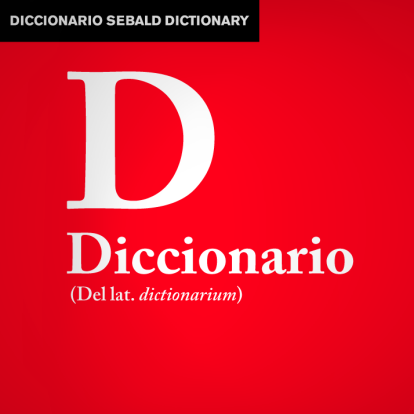
(D) Sebald Dictionary

(D) Sebald Dictionary
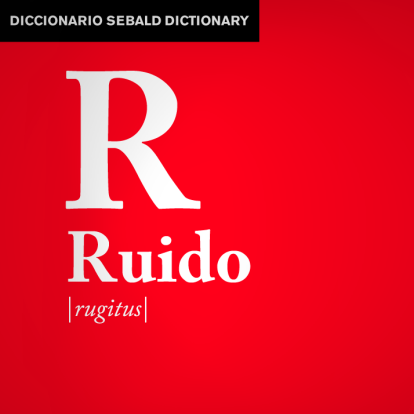
(R) Sebald Dictionary
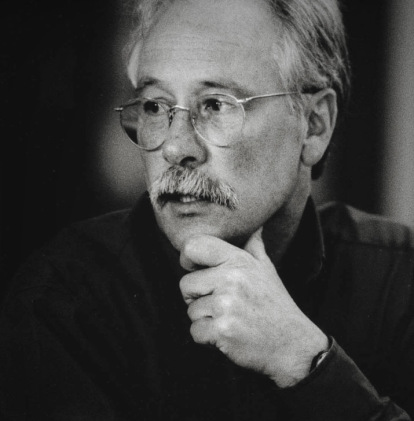
W.G. Sebald / Nuvol; SEBALDIANA
13 .04 .2015 - Uwe Schütte
Uwe Schütte met W.G. Sebald in 1992 when he arrived at the University of East Anglia as an MA student, eventually becoming Sebald’s doctoral student. He has published a number of articles and books on Sebald’s wide-ranging body of work . Schütte’s latest publication, the first in-depth study on his former adviser’s critical writings appeared in November 2014, is entitled Interventionen. Literaturkritik als Widerspruch bei W.G. Sebald. In this essay he examines the idiosyncratic radicalism underwriting Sebald’s views on German politics, post-war society and the academic discipline of German Studies.
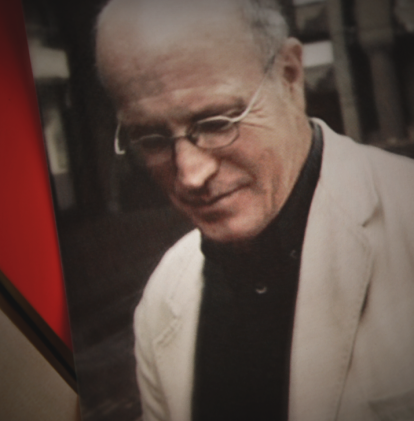
Iain Sinclair (Re-foto) / SEBALDIANA [cc]
06 .04 .2015 - Bruno Galindo & Iain Sinclair
Born in Wales in 1943, a year before Sebald, Iain Sinclair has written a series of books exploring the themes and territories that are now considered the cornerstones of Sebald’s project. Years before the author of Austerlitz reached the height of his popularity, Sinclair had already brought an encyclopaedic breadth to some of his finest books, together with a concern to recover forgotten history and the aesthetic of the flâneur in the city. In the short conversation we are presenting here, the writer and journalist Bruno Galindo takes Sinclair’s work as a starting point in order to follow the traces of W.G. Sebald in one of the most interesting examples of English prose of the past few decades.
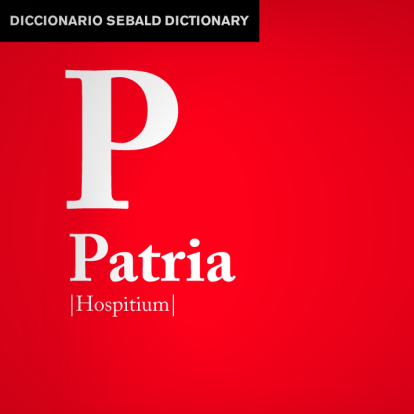
(P) Sebald Dictionary
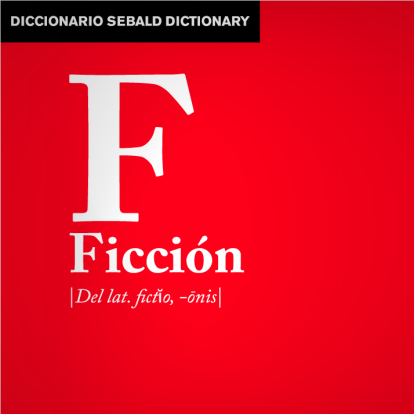
(F) Sebald Dictionary
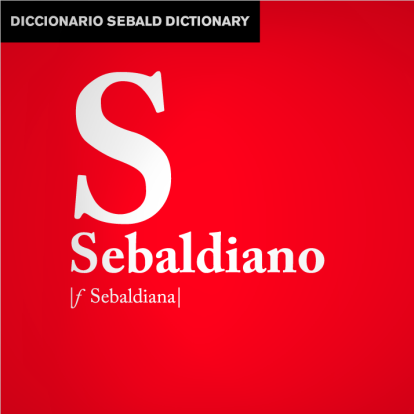
(S) Sebald Dictionary
01 .04 .2015 - Agustín Fernández Mallo & SEBALDIANA
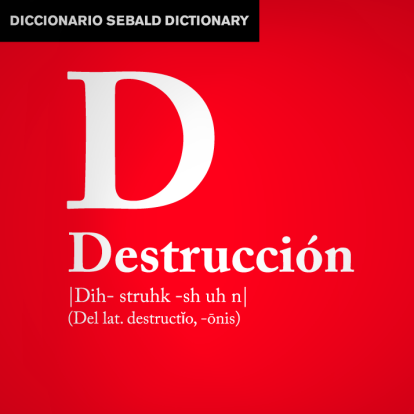
[D] Sebald Dictionary
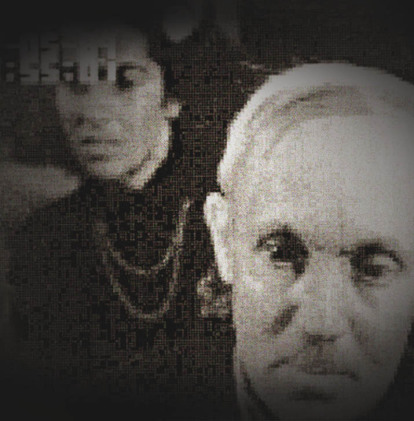
Frame "The Fuehrer gives a town to the Jews" / SEBALDIANA [PD]
23 .03 .2015 - Graciela Speranza
Two clocks mark our first encounter with Jacques Austerlitz, the protagonist of W.G. Sebald’s final novel which was launched into the new millennium in 2001 like a sombre coda to the history of the 21st century and a profession of faith in the art of the 21st century. A narrator, who is hard to distinguish from Sebald himself, approaches Austerlitz in Antwerp Centraal Station, intrigued by one of the few travellers who isn’t staring apathetically into space in the Salle des pas perdus, but paying close attention to the station’s monumental architecture while making sketches, notes and taking photographs.